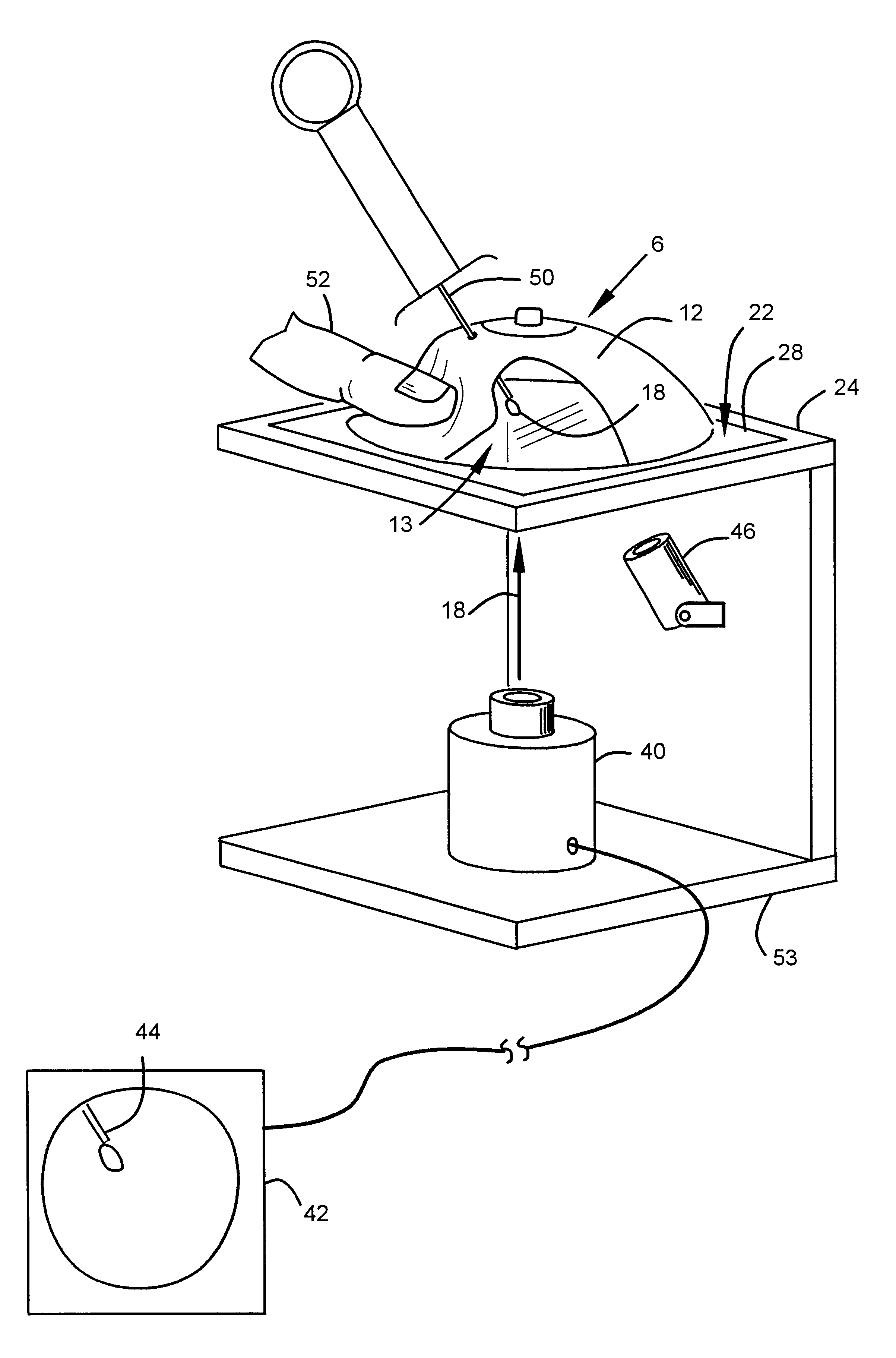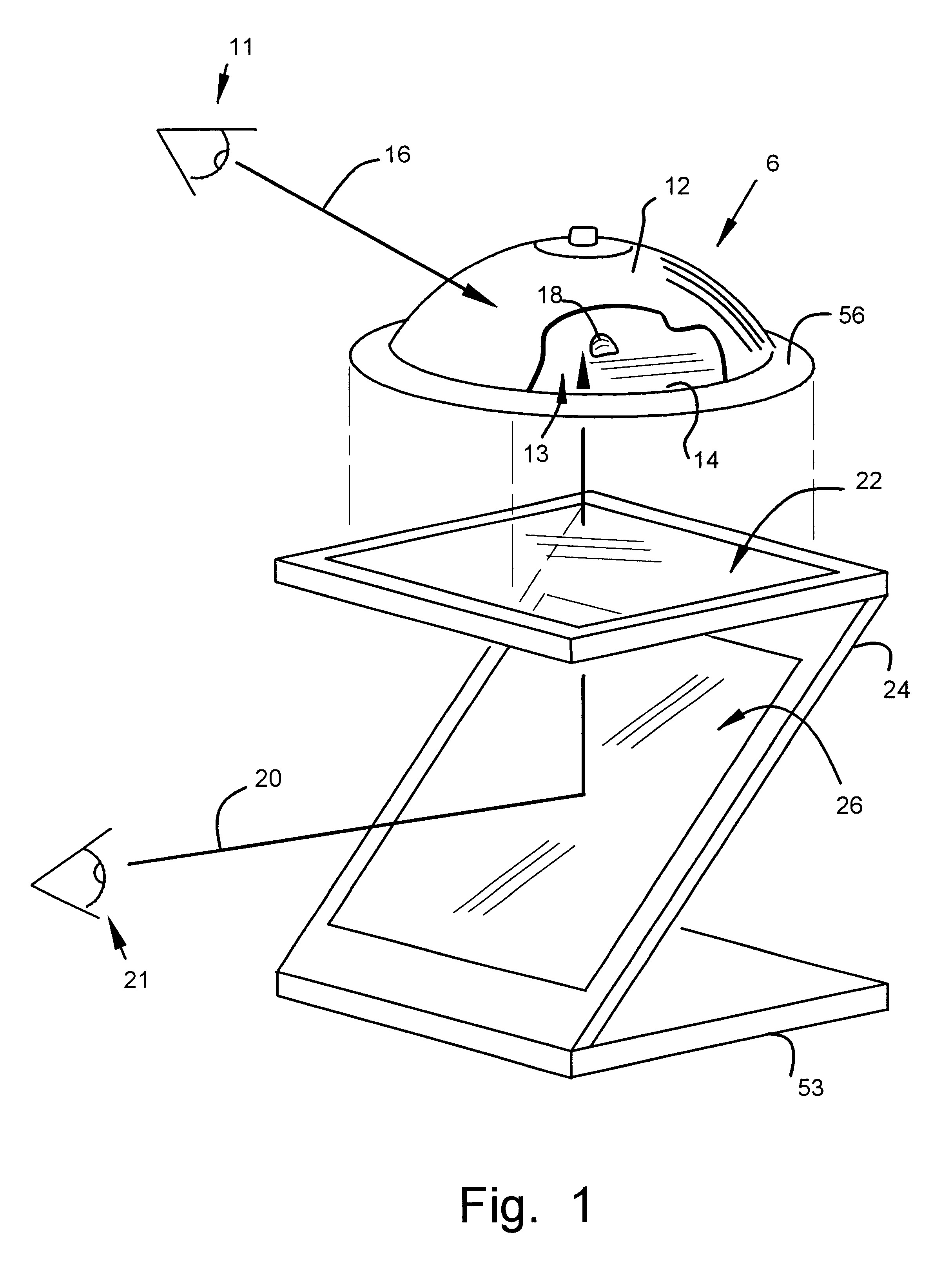Training aids and methods for needle biopsy
a training aid and needle biopsy technology, applied in the field of models and devices, can solve the problems of false negative test results, ineffective trial-and-error methodology in practice, and the weakness of the barrie device, so as to facilitate tactile learning, accurate tactile sensation, and eliminate the effect of potential interference of trainee activities by viewing operations
- Summary
- Abstract
- Description
- Claims
- Application Information
AI Technical Summary
Benefits of technology
Problems solved by technology
Method used
Image
Examples
Embodiment Construction
Proper biopsy needling training requires that a trainee gain the ability to distinguish and locate specific target lesions by tactile means alone and the ability to guide a biopsy needle through breast tissue to penetrate these target tissues. Much of the required skills in breast biopsy needling are the same as those for breast self-examination. However, in addition, tactile sensations of position and motion of the fine needle biopsy needle and needle tip relative to the target tissue must also be learned. Herein the term "fine needle" and "fine needle biopsy" refers to devices and procedures in which relatively small gauge aspirating needles are used to collect small quantities of tissue as is typical in breast tissue biopsy.
To prepare a trainee for performing a needle biopsy on a human, where the targeted lesions are always obscured, it is desirable to also train with "blinded" models: those which obscure the trainee's view of the model interior. It is important that the person b...
PUM
 Login to View More
Login to View More Abstract
Description
Claims
Application Information
 Login to View More
Login to View More - R&D
- Intellectual Property
- Life Sciences
- Materials
- Tech Scout
- Unparalleled Data Quality
- Higher Quality Content
- 60% Fewer Hallucinations
Browse by: Latest US Patents, China's latest patents, Technical Efficacy Thesaurus, Application Domain, Technology Topic, Popular Technical Reports.
© 2025 PatSnap. All rights reserved.Legal|Privacy policy|Modern Slavery Act Transparency Statement|Sitemap|About US| Contact US: help@patsnap.com



